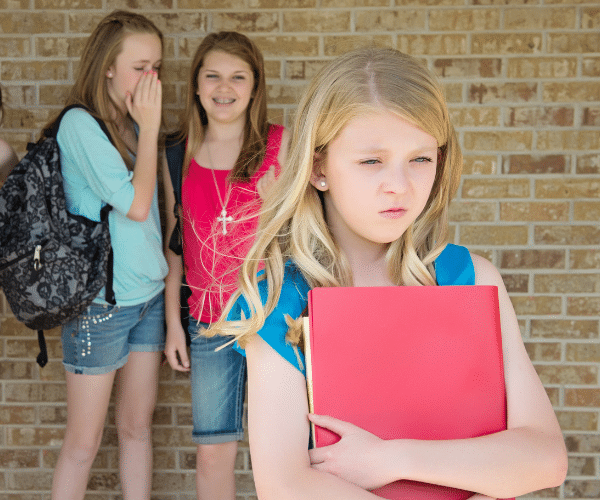November 1, 2024 4 min read

Supporting Recovery After a Critical Incident on Campus
Industry:
Solution:

Colleges and universities work to provide safe environments where students will thrive. Unfortunately, institutions are not immune to critical incidents such as natural disasters, violence, hate crimes, protests, injuries or even student or staff deaths. When these incidents occur, they can induce a trauma response and have a long-term impact on both students and staff. It is vital for institutions to have critical incident response plans in place, as well as strategies to support students, faculty and staff with long-term recovery.
Charity Stutzman, Senior Director of Higher Education at Vector Solutions, hosted a webinar in which she discussed several strategies and things to take into consideration to help support staff and students in the aftermath of a critical incident.
Understanding the Impact
It is important for everyone involved to understand the full impact that critical incidents have on the community. Critical incidents significantly disrupt day-to-day operations and impact multiple stakeholders, including students, staff members, and the broader campus community. Stutzman noted that these incidents – which could range from natural disasters to student suicides, to health emergencies such as the COVID-19 pandemic – can be traumatic for students involved and can lead to uncertainty, fear, anxiety, loss, and grief, affecting personal and emotional well-being. It’s important to watch for these signs and plan for appropriate support academically and emotionally. It’s also important to pay attention to signs of secondary trauma and compassion fatigue among staff and faculty responsible for response and intervention. For instance, if a staff member is suddenly having difficulty interacting with colleagues or has lost motivation for their job, is being resistant to change, or is unable to adapt to change, they may be experiencing secondary trauma from an incident.
Strategies for Critical Incident Response
Stutzman suggested several strategies to help colleges and universities respond after a critical incident has affected their campus community.
1) Make sure the institution’s response plan is trauma-informed. Trauma informed response is one that creates a safe environment (considering both physical, emotional and psychological safety). It’s important to communicate to students, faculty and staff that the university has prioritized safety and assessed for future risk. These things will help with the trauma they are experiencing. Make sure to consider the needs of diverse groups of students and make sure the plan is inclusive of their experiences.
2) Review current policies and procedures post-incident. If there is a crisis on campus, for example, there may be a need to extend withdrawal dates, revise absentee policies, provide remote options for learning, extend payment deadlines and other changes. Make sure to allow for flexibility that is needed.
3) Create a communications plan. Post-incident community members need immediate communication. Communication plans will need to specify both the “how” and “when” of communication. It’s also important to collaborate with stakeholders, such as outside partners that provide counseling and mental health services. Be prepared to provide relevant resources and information and have a plan for ongoing communication after the initial response.
4) Conduct a post-incident analysis. Talk to interdisciplinary teams to understand how all stakeholders were impacted. Discuss how everything went and areas where improvement is needed. Also discuss any budgeting and professional development needs.
Tips for Implementation
Stutzman offered several tips for implementing an incident response plan, including:
- Schedule annual crisis simulations and review the results with all stakeholders.
- Establish interdisciplinary crisis management teams that include academic, counseling, facilities and health services representatives.
- Review the campus-wide policies on an annual basis.
- Integrate trauma-informed care principles into all campus response plans.
- Develop long-term partnerships with local mental health organizations, public health officials and safety experts.
How Vector Solutions Can Help
The goal of critical incident response plans is to have both an immediate response plan and a longer-term plan focused on prevention and recovery strategies to prevent or mitigate future harm. Vector Solutions offers several resources to support colleges and universities in incident response and planning. Resources include:
Human Resource & Workforce Management Courses – This library of courses builds faculty and staff skills on topics such as HIPAA, FERPA, hiring considerations, and employee performance.
Security and Risk Mitigation Training – This library of courses helps institutions mitigate human error and address the personal and physical security aspects of institutional safety.
Health and Human Safety Courses – This library of courses helps to address the people-oriented aspects of safety, such as substance misuse and health emergencies.
Vector LiveSafe – This anonymous reporting and safety communications platform helps institutions obtain early warning insights to help prevent safety and security incidents, empower faculty, staff, and students to ask for help, and quickly deliver safety information at scale.
Request a Demo
For more information about our higher education solutions, please request a demo.
Request a Demo






